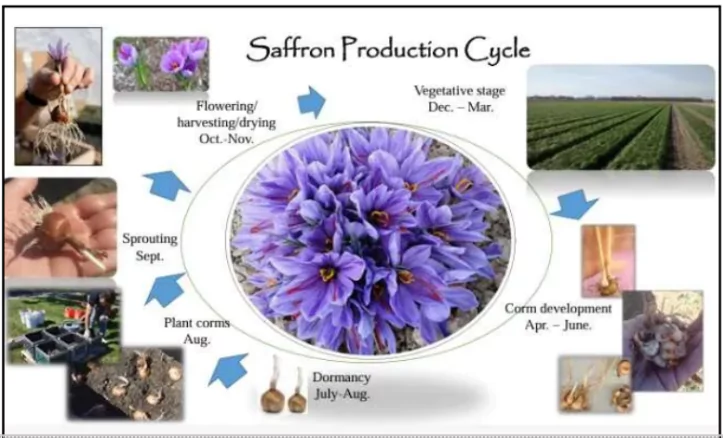![]() 19 Mar 2025
19 Mar 2025

Recently the Union Minister for Science and Technology has highlighted the government’s ambitious plans to turn the Northeast into India’s next saffron hub.

Initiatives in India to Promote Saffron ProductionNational Saffron Mission
North East Centre for Technology Application and Reach (NECTAR)
|
|---|
<div class="new-fform">
</div>